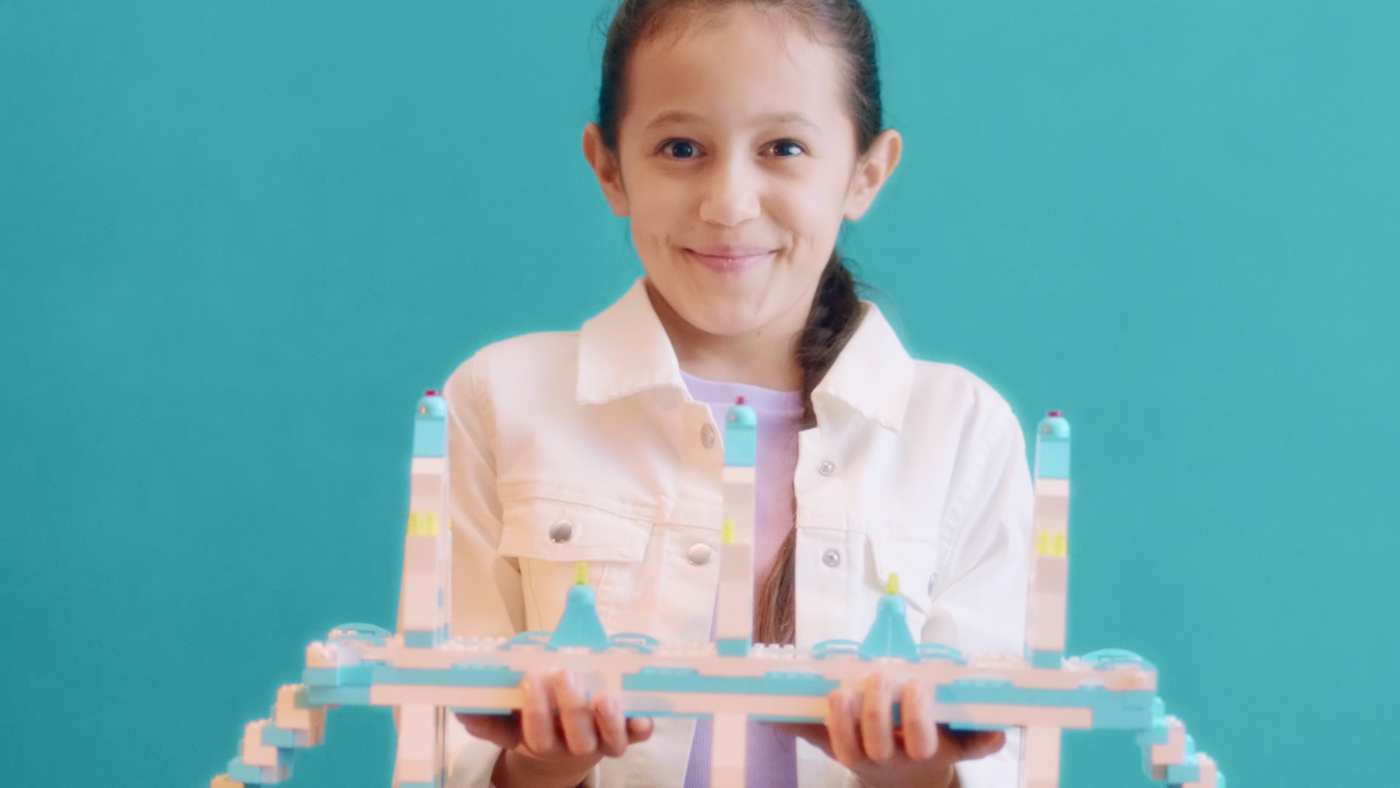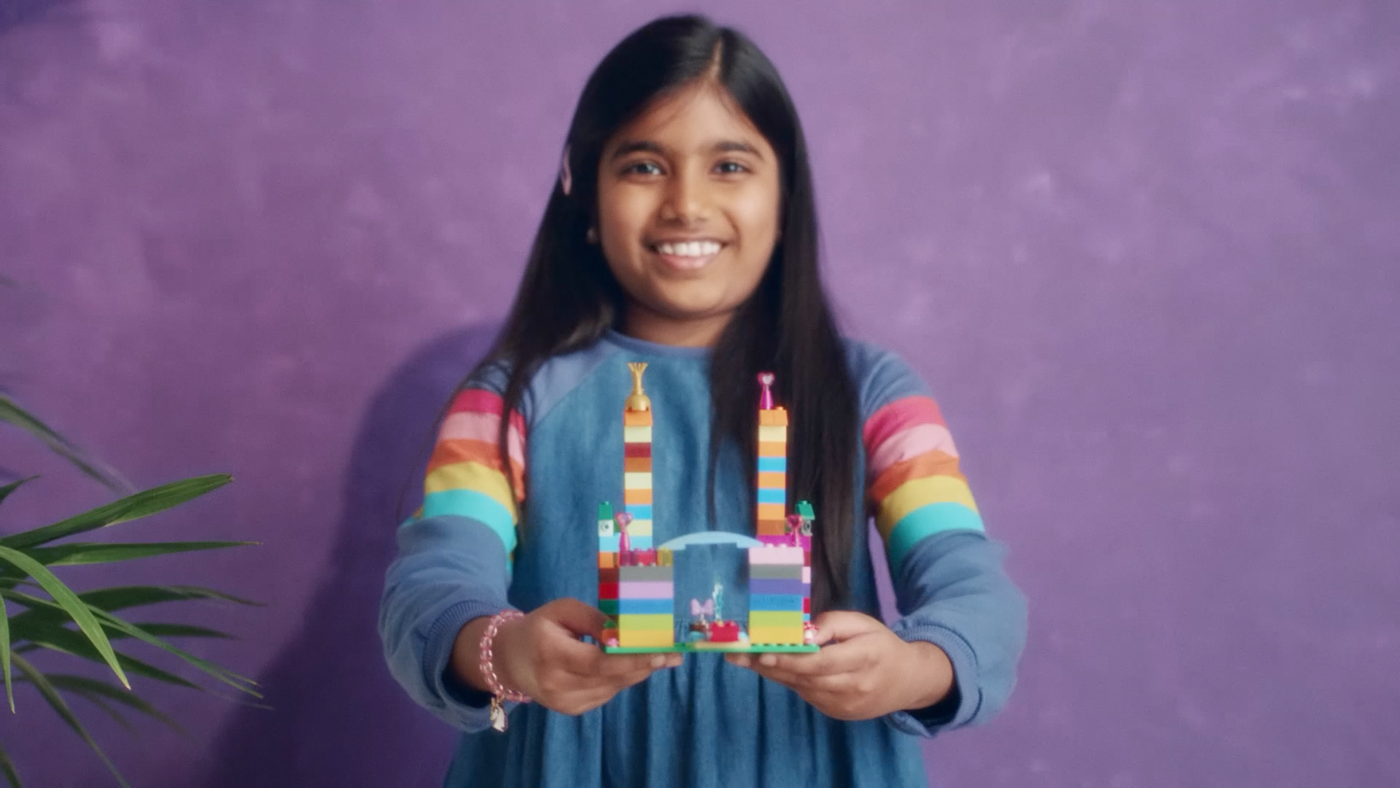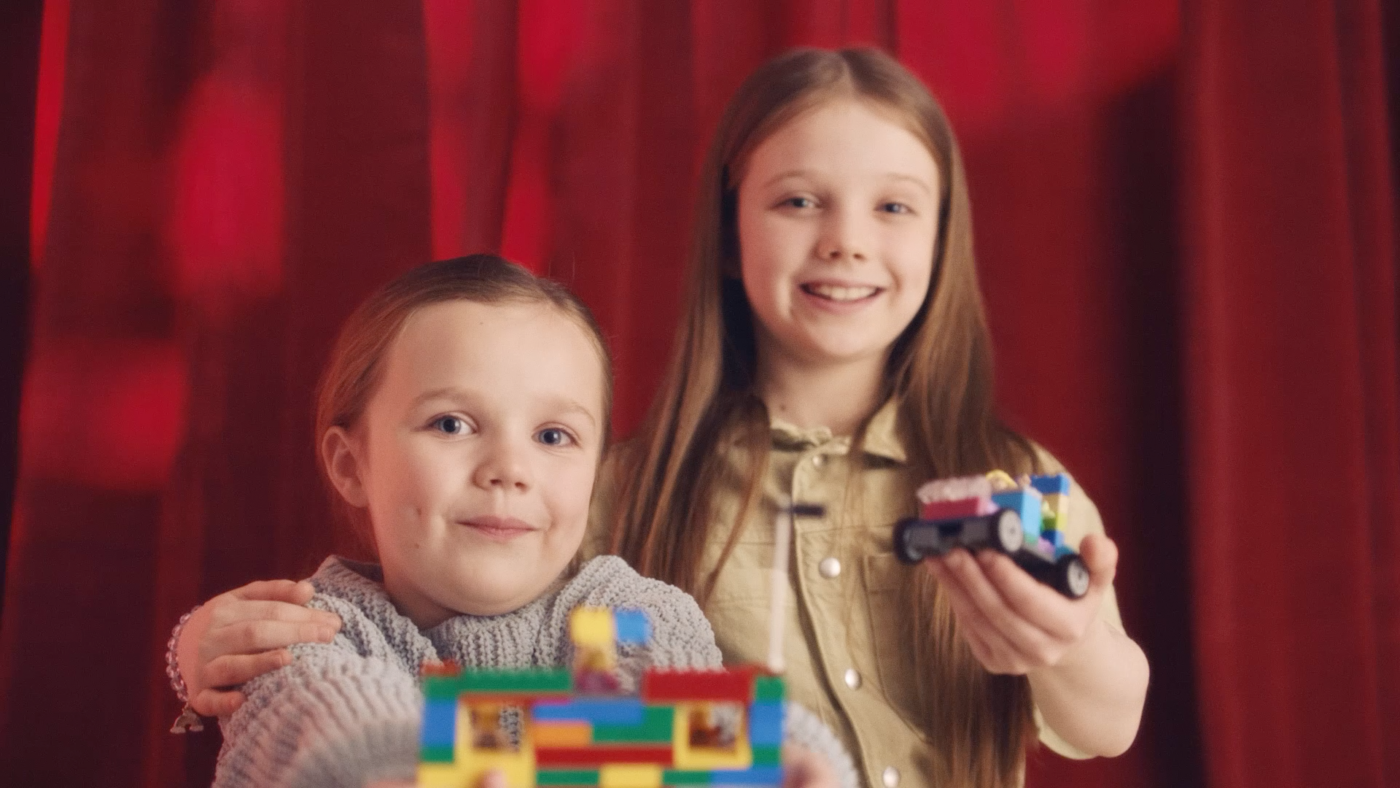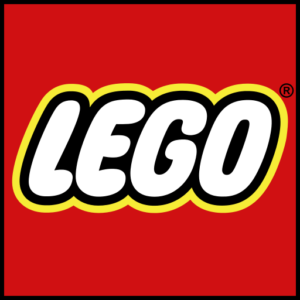The LEGO Group to remove gender bias and harmful stereotypes from LEGO products and marketing
 19
19
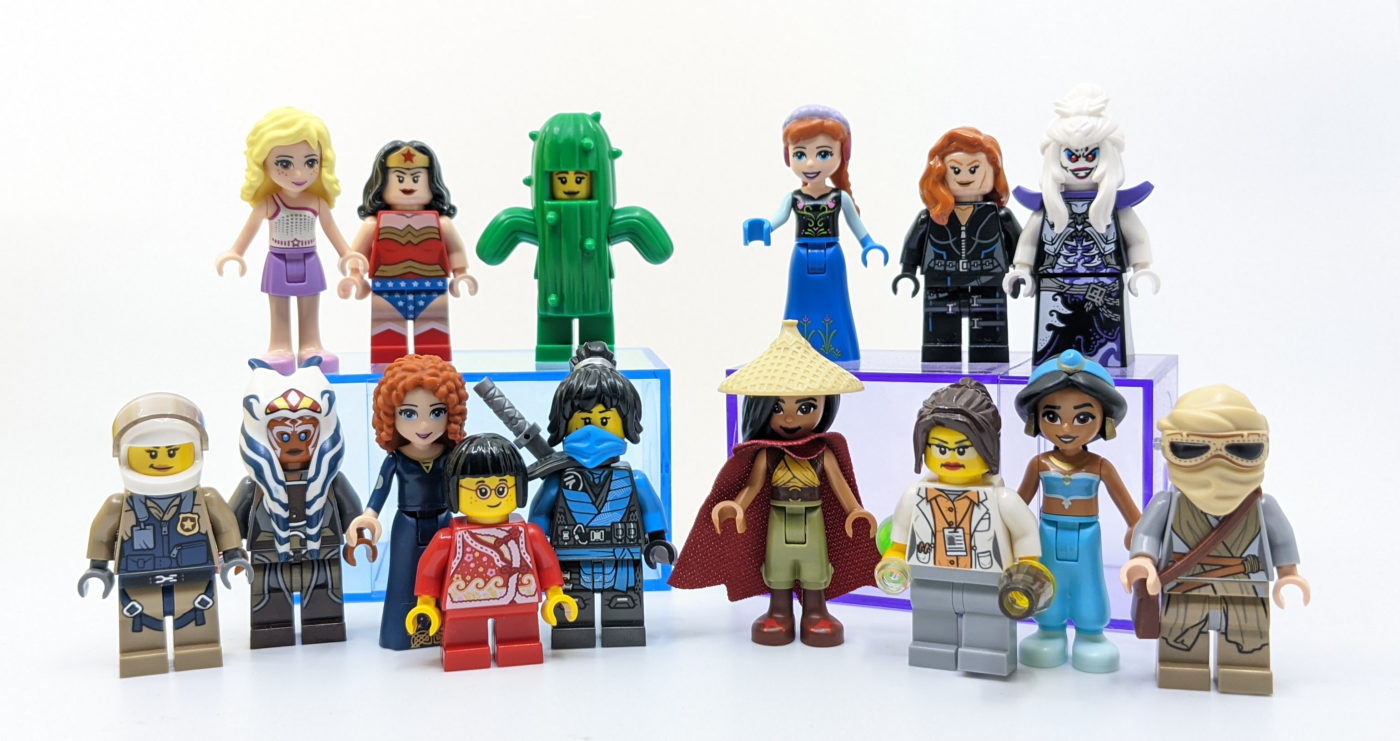
In conjunction with the UN’s International Day of the Girl, LEGO has pledged to remove gender stereotypes from its products and marketing.
The LEGO Group commissioned research in this area that reveals that girls today feel increasingly confident to engage in all types of play and creative activities, but remain held back by society’s ingrained gender stereotypes as they grow older.
The study was carried out by the Geena Davis Institute in recognition of the UN’s International Day of the Girl and to mark the launch of a new LEGO campaign, ‘Ready for Girls’, which celebrates girls who rebuild the world through creative problem solving.
The research, which surveyed nearly 7,000 parents and children aged 6-14 years old in China, Czech Republic, Japan, Poland, Russia, UK and USA highlights the need for society to rebuild perceptions, actions and words to support the creative empowerment of all children.
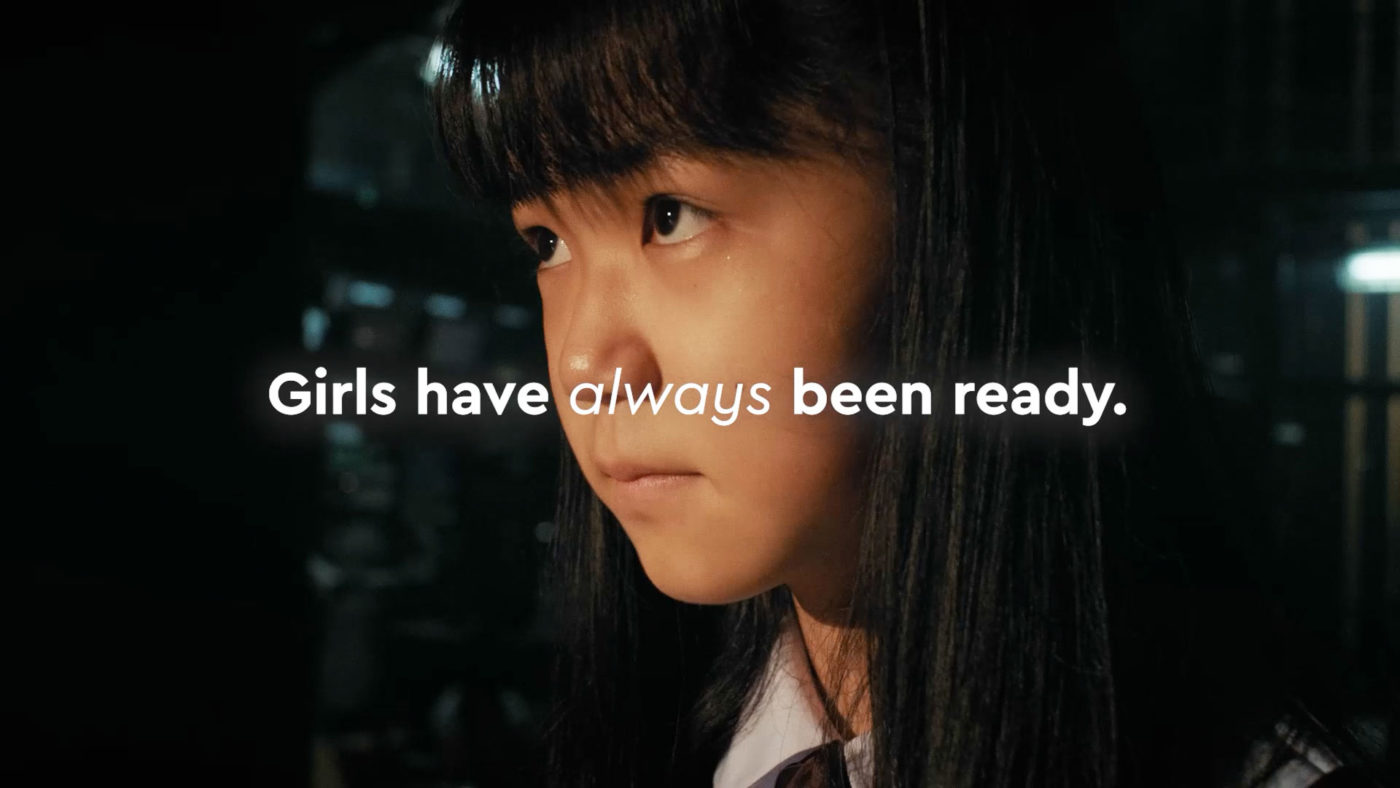
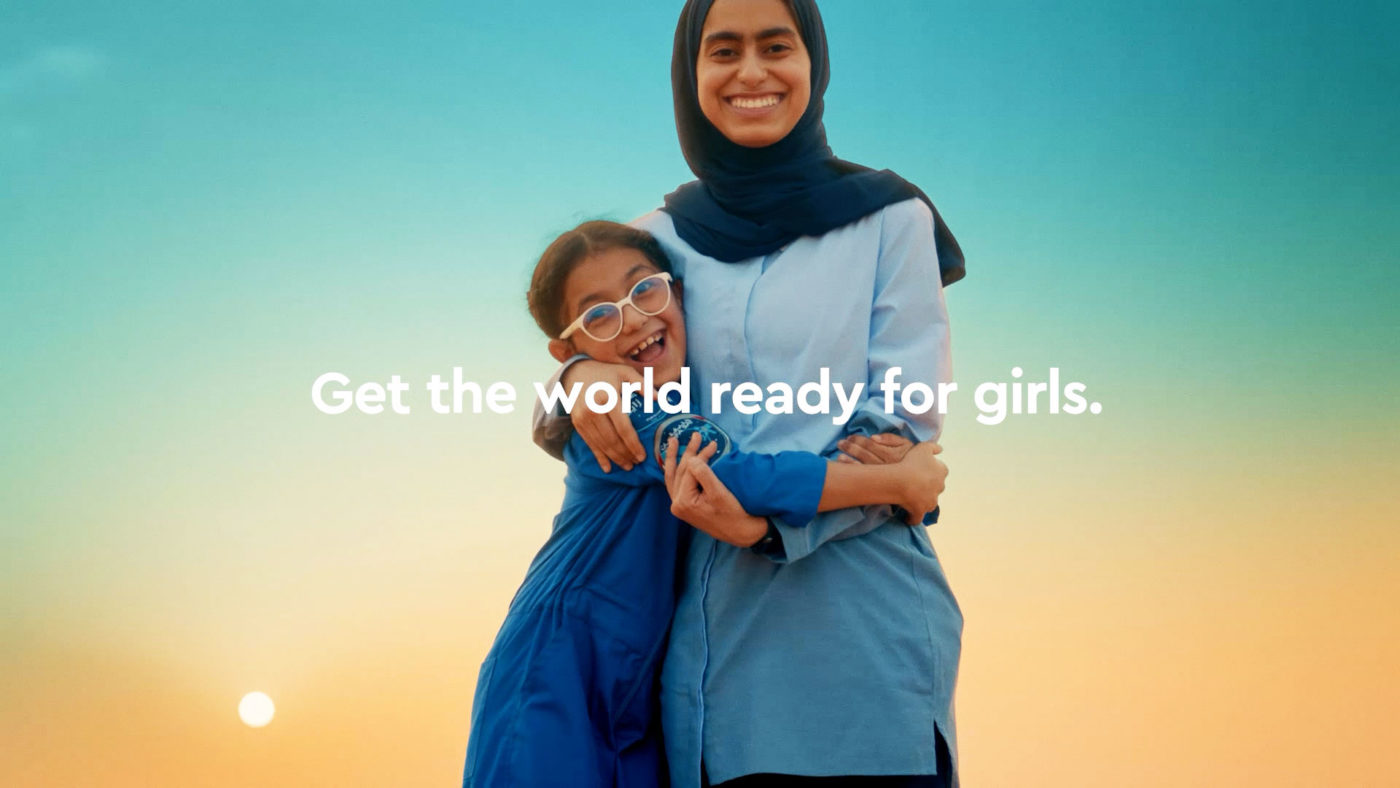
The LEGO Group’s Commitment
Ensuring more inclusive play and raising the debate around gender norms is critical, not just for girls but for any child. The LEGO Group knows that boys are also battling prejudice when it comes to creative play and playing with toys that are traditionally seen as being for the opposite sex. 71% of boys vs. 42% of girls say they worry about being made fun of if they play with a toy typically associated for the other gender.
The company is committed to making LEGO play more inclusive and ensuring that children’s creative ambitions – both now in the future – are not limited by gender stereotypes.
We know there is work to do which is why from 2021, we will work closely with the Geena Davis Institute on Gender in Media and UNICEF to ensure LEGO products and marketing are accessible to all and free of gender bias and harmful stereotypes.
As an extension of LEGO’s Rebuild the World campaign, there’s this lovely commercial which flips the idea that girls need to get ready for the world, and instead that the world should get ready for girls, reinforcing the positive message.
What did LEGO’s research find?
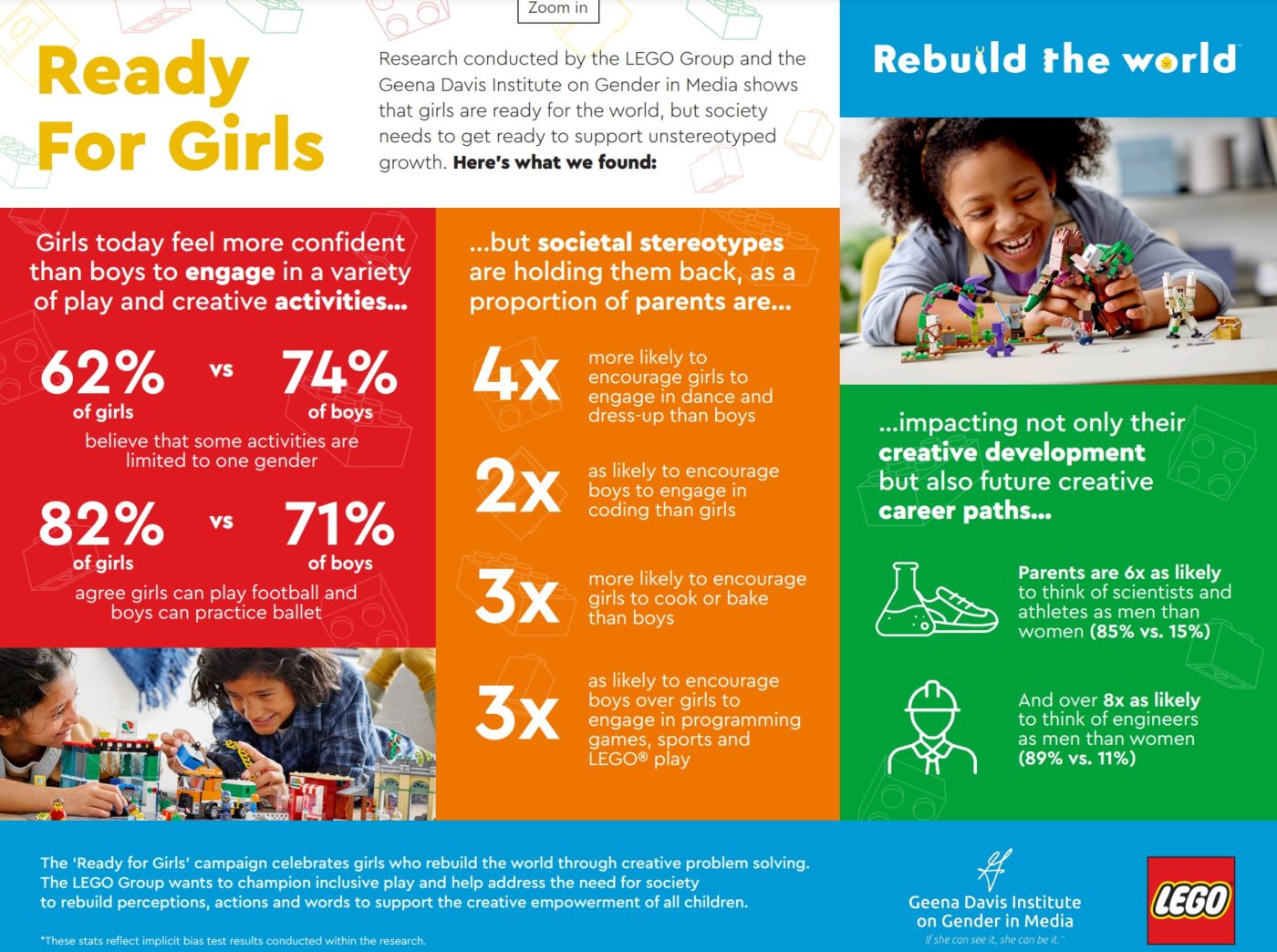
The research findings show that girls are ready for the world but society isn’t quite ready to support their growth through play.
- Girls feel less restrained by and are less supportive of typical gender biases than boys when it comes to creative play (74% of boys vs. 62% of girls believe that some activities are just meant for girls, while others are meant for boys), and they are more open towards different types of creative play compared to what their parents and society typically encourage.
- 82% of girls believe it’s OK for girls to play football and boys to practice ballet, compared to only 71% of boys. However, despite the progress made in girls brushing off prejudice at an early age, general attitudes surrounding play and creative careers remain unequal and restrictive, according to this research:
For most creative professions, parents who answered the survey imagine a man, regardless of whether they have a son, daughter, or both.
- They are almost six times as likely to think of scientists and athletes as men than women (85% vs. 15%) and over eight times as likely to think of engineers as men than women (89% vs. 11%).
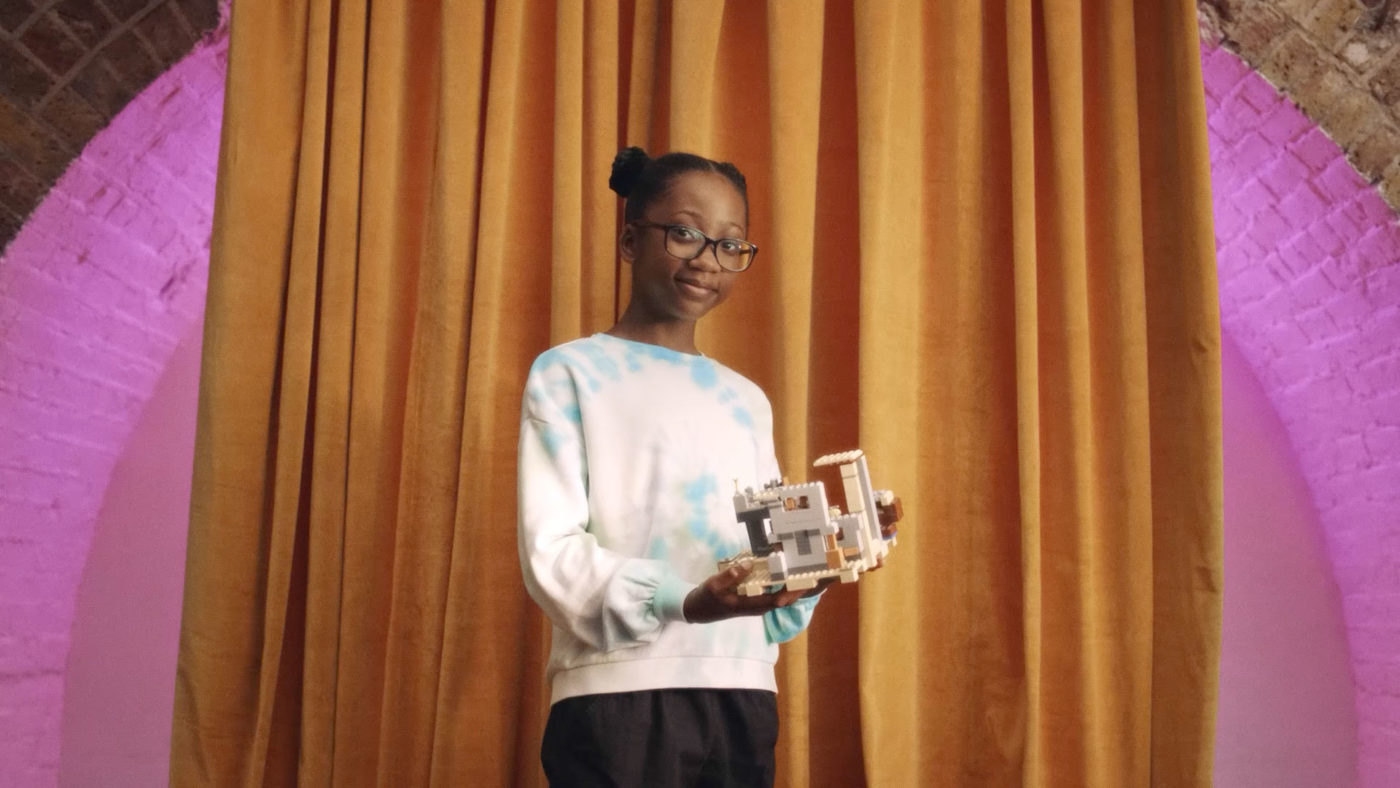
The children surveyed in this research share these same impressions except girls are much more likely than boys to consider a wider range of professions to be for both women and men.
LEGO’s insights further indicate that girls are typically encouraged into activities that are more cognitive, artistic and related to performance compared to boys who are more likely to be pushed into physical and STEM-like activities (digital, science, building, tools).
Parents from this study are almost five times as likely to encourage girls over boys to:
- engage in dance (81% vs. 19%) and dress-up (83% vs. 17%) activities
- are over three times as likely to do the same for cooking/baking (80% vs. 20%).
- are almost four times as likely to encourage boys over girls to engage in program games (80% vs. 20%) and sports (76% vs. 24%) and over twice as likely to do the same when it comes to coding toys (71% vs. 29%)
On International Day of The Girl, the LEGO Group is calling on parents and children to champion inclusive play. To help, they have developed a fun 10-step guide and invite parents to share photos of their child’s LEGO creations against a pre-defined AR backdrop featuring the words ‘Get the World Ready for Me’.

Why is this important?
While many parents perceive the LEGO brand as a good example of an inclusive toy brand, LEGO play is still considered more relevant to boys than girls, with 59% of parents saying they encourage their sons to build with LEGO bricks compared to 48% who say they encourage it with their daughters.
This view became more pronounced when parents were asked to complete an implicit bias assessment and 76% said they would encourage LEGO play to a son vs. 24% who would recommend it to a daughter.
So… what’s changing, or will change?
UPDATE: LEGO have released the following statement as clarification on the LEGO Ambassador Network.
LEGO Friends isn’t going anywhere. Next year’s LEGO Friends portfolio will have the most male figures we have had in our assortment to date. As well as gender, we are also increasing the variety in our LEGO Friends characters with more older and younger characters (including the microdoll).
We are also looking into representation for our Minifigures. Currently we have a larger proportion of male minifigures across the portfolio, but we remain committed to increase the number of female characters as we’re fully aware of how important it is to ensure children are able to reflect themselves in the toys they play with.
If you’ve been following LEGO’s progress in the last few years – this shouldn’t be news to you.
For International Women’s Day 2020, I tried answering if LEGO have improved their gender diversity in sets, and it was a bit of a mixed bag, however, progress has been occurring.

Recent LEGO Collectible Minifigures series (like Series 21) have demonstrated much better male to female ratios than previous Series, and is indicative of things to come.


In LEGO city, we’re seeing really diverse representation and also a much more balanced male vs female minifigure ratio in modern City and Creator 3 in 1 sets. In particular, Space-themed sets such as the recent 31117 Space Shuttle Adventure.
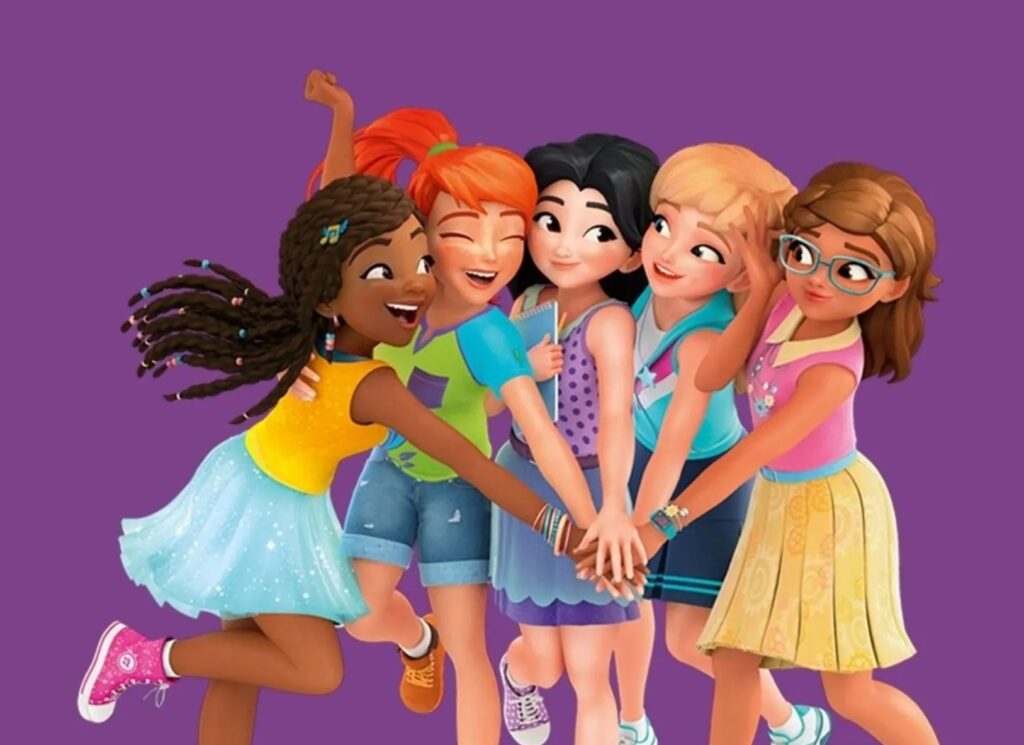
That said, what will happen to LEGO Friends, the wildly popular theme aimed primarily at young girls? From the cartoon series to Netflix, and minidolls, to the iconic pastel-coloured Heartlake City, an Utopian (mostly female-inhabited) world that’s chockful of shopping centres, bakeries, pet salons and hairdressers.

LEGO Friends was extremely divisive when it debuted, and almost 10 years on (LEGO Friends celebrates its 10th anniversary in 2022), is one of LEGO’s most successful (commercially) themes, having made LEGO building more appealing to girls.
Some LEGO fans to this day, utterly reject minidolls, however as a father to a 5 year old girl, she loves them to bits, and while she also loves traditional LEGO, it’s quite apparent that she is drawn in by the aesthetic, setting and minidolls of LEGO Friends – which again, is testament to how girls and boys can play differently.
I can’t see LEGO shaking things up with LEGO Friends, being the success that it has been, but we may see more effort put in to the set designs that avoid classic tropes such as hairdressers, or bakeries (which to be fair, LEGO Friends does quite well), but with the 10th anniversary coming up, it might signal time for some big changes, depending on how you read into LEGO’s decision to avoid gender stereotypes and biases.
If I were a betting man, I’d say the 10th anniversary of LEGO Friends gives LEGO a good chance to rebrand and refresh the packaging, making it less pink and purpley, and possible more gender-neutral – an easy way to diffuse allegations of “pink = girls” marketing, while maintaining their best-selling LEGO theme.

Where we’ll see LEGO’s decision the most is their marketing and advertising – where they have the most creative control to do their best to avoid harmful and outdated gender stereotypes, and bias – more in the vein of LEGO’s iconic “what it is is beautiful” ad.
We will also likely see more female minifigures in sets, and the gender ratio close, or disappear altogether – but again, this is something that LEGO has been working on for their core, non-IP themes where they’re typically not constrained by source material.
That said, I think this is overall a positive move by LEGO. As the world’s biggest and most influential toy company, LEGO holds a lot of power and influence with how kids interact with toys, and most importantly, what messages are broadcasted to them, through play or advertising.
With sets like Queer Eye and Everyone is Awesome released this year, LEGO is setting the stage up to be more vocal about its progressive brand values, and I expect much more inclusive sets to be released which makes statements like these.
What do you think of LEGO’s pledge to remove gender bias and stereotypes from its products and marketing? Do you think it matters, and is this even a problem LEGO should tackle?
If this is a topic that interests you, and you’d like to learn more about championing female representation in LEGO, check out this post about 50 LEGO Creators, Designers and Creatives you should know, and also Women’s Brick Initiative, who publish some interesting research and analysis into this space.
To get the latest LEGO news and LEGO Reviews straight in your inbox, subscribe via email, or you can also follow on Google News, or socials on Facebook, Instagram (@jayong28), Twitter or subscribe to the Jay’s Brick Blog Youtube channel.





